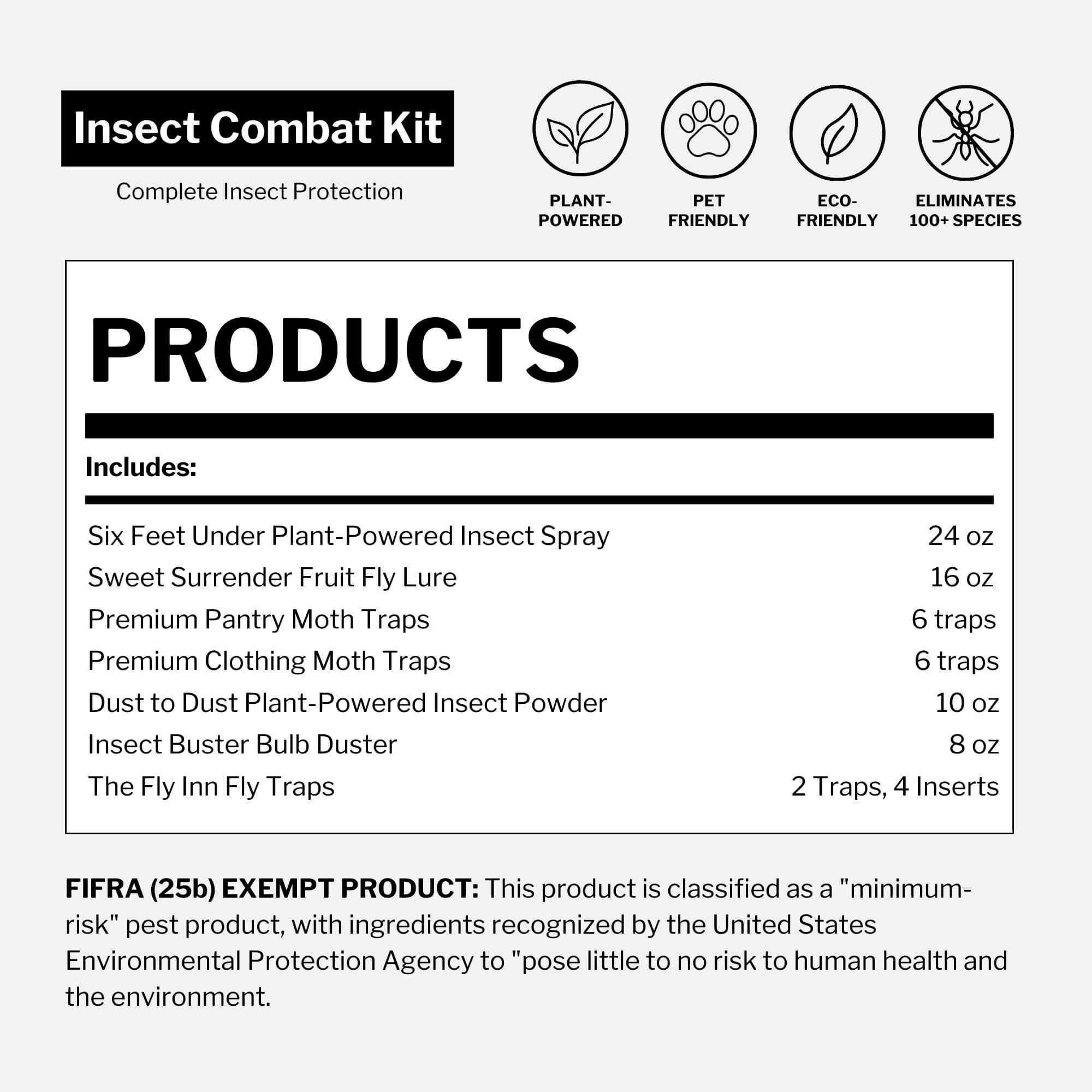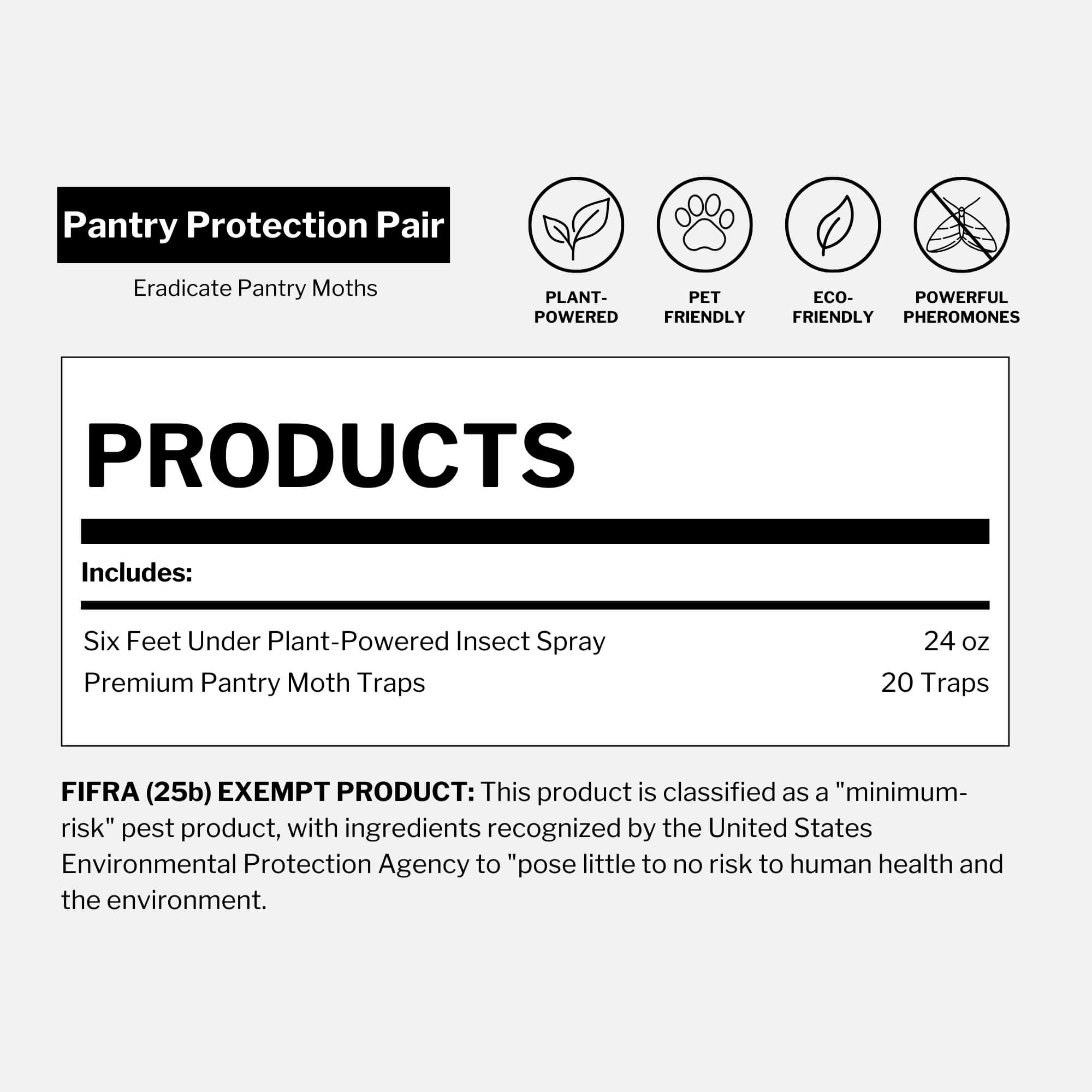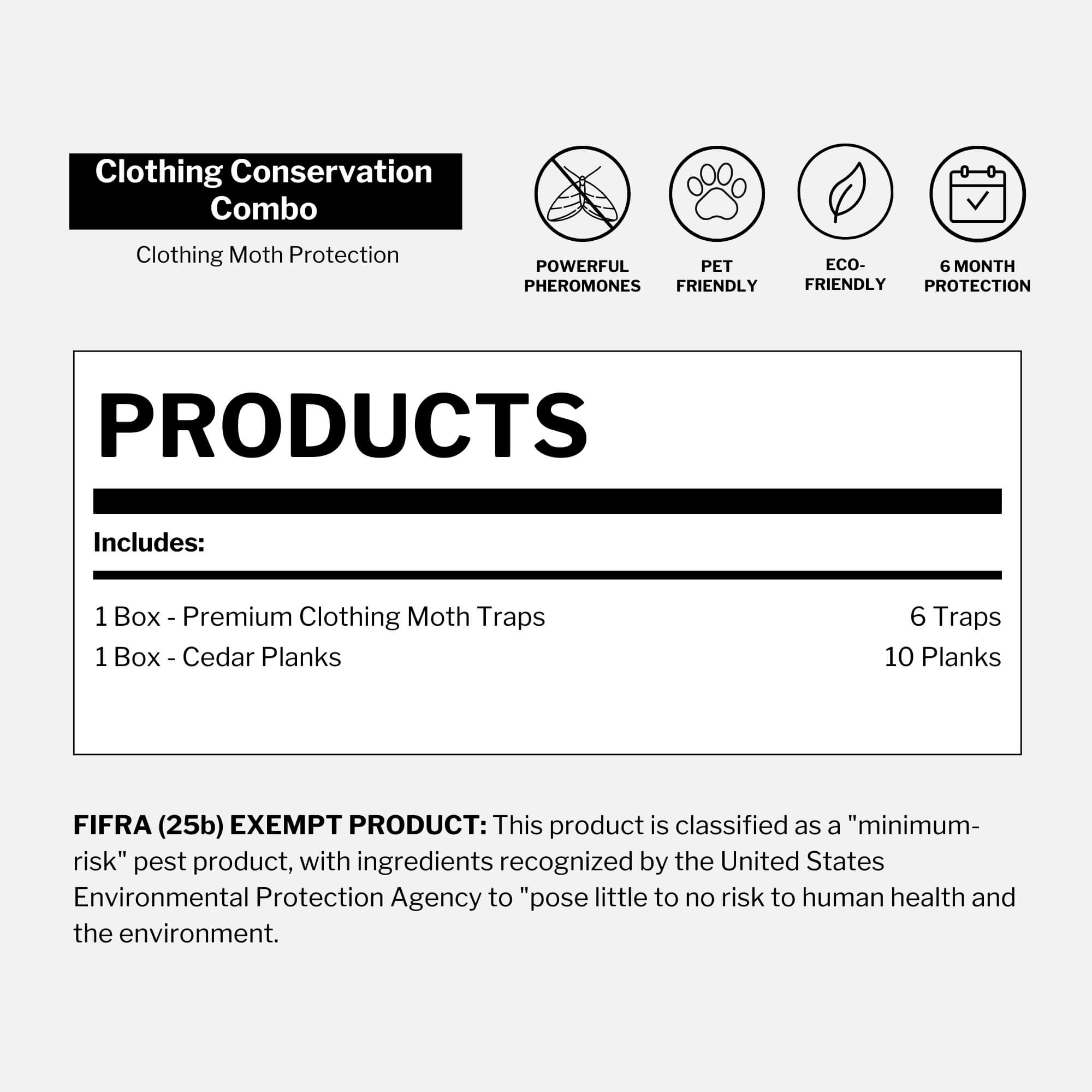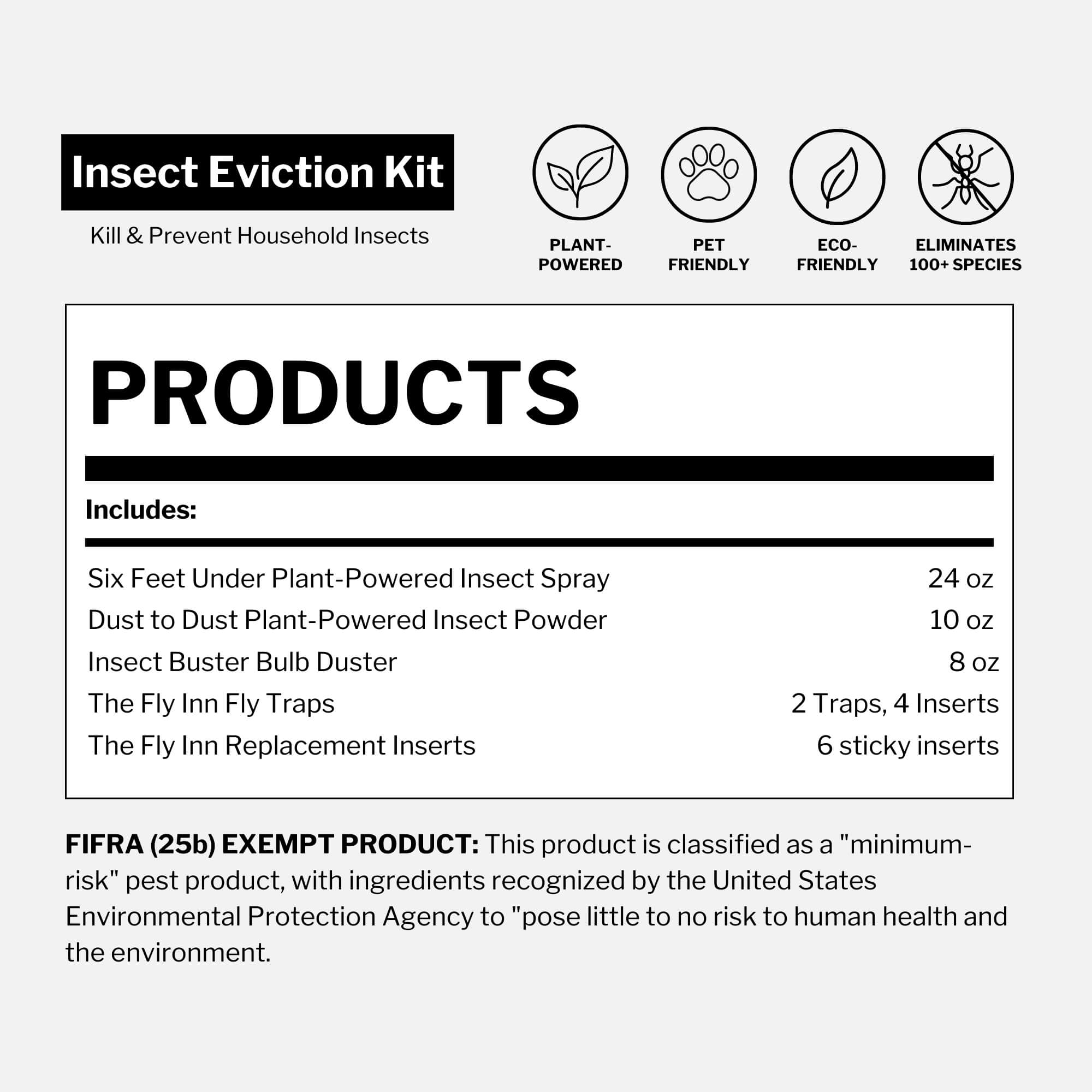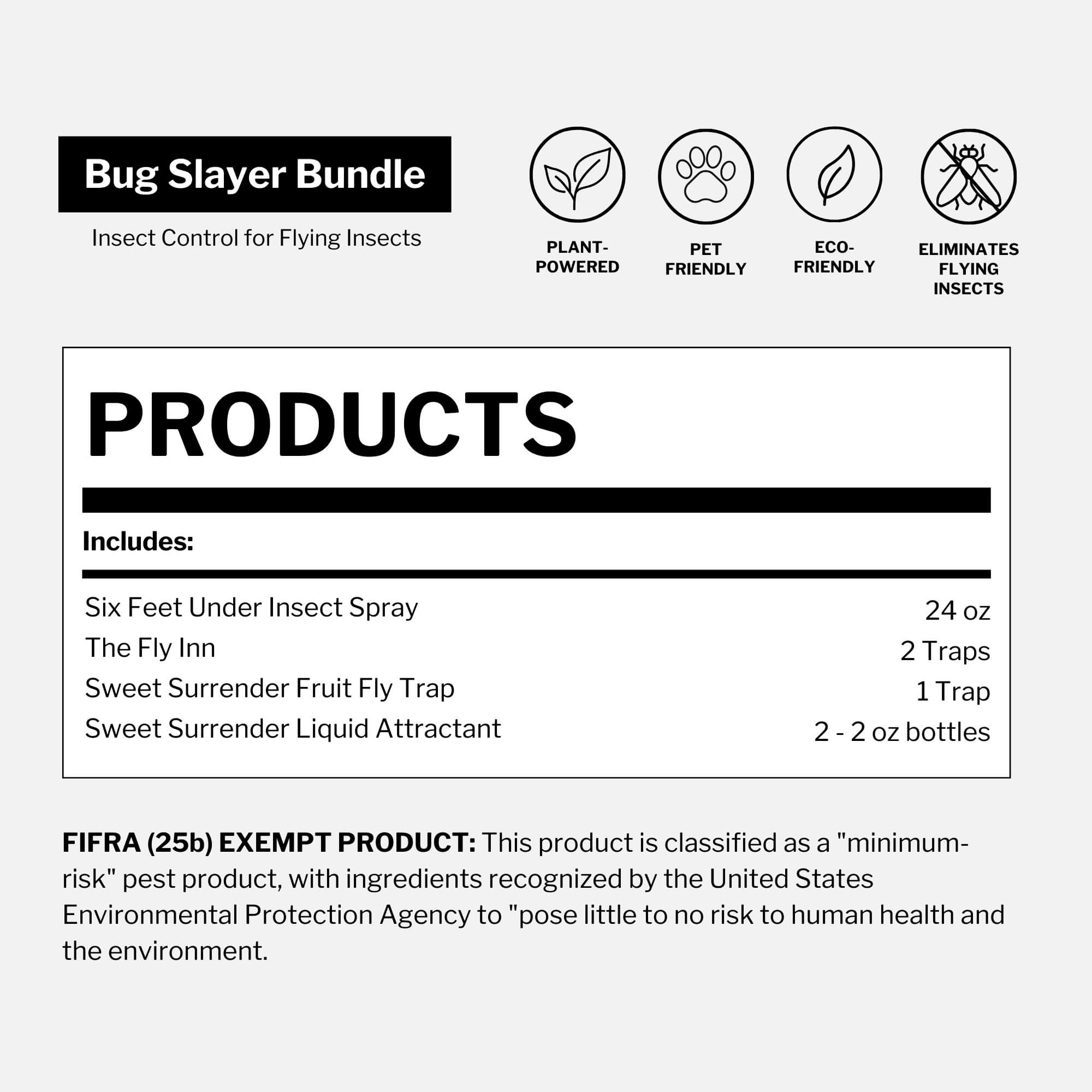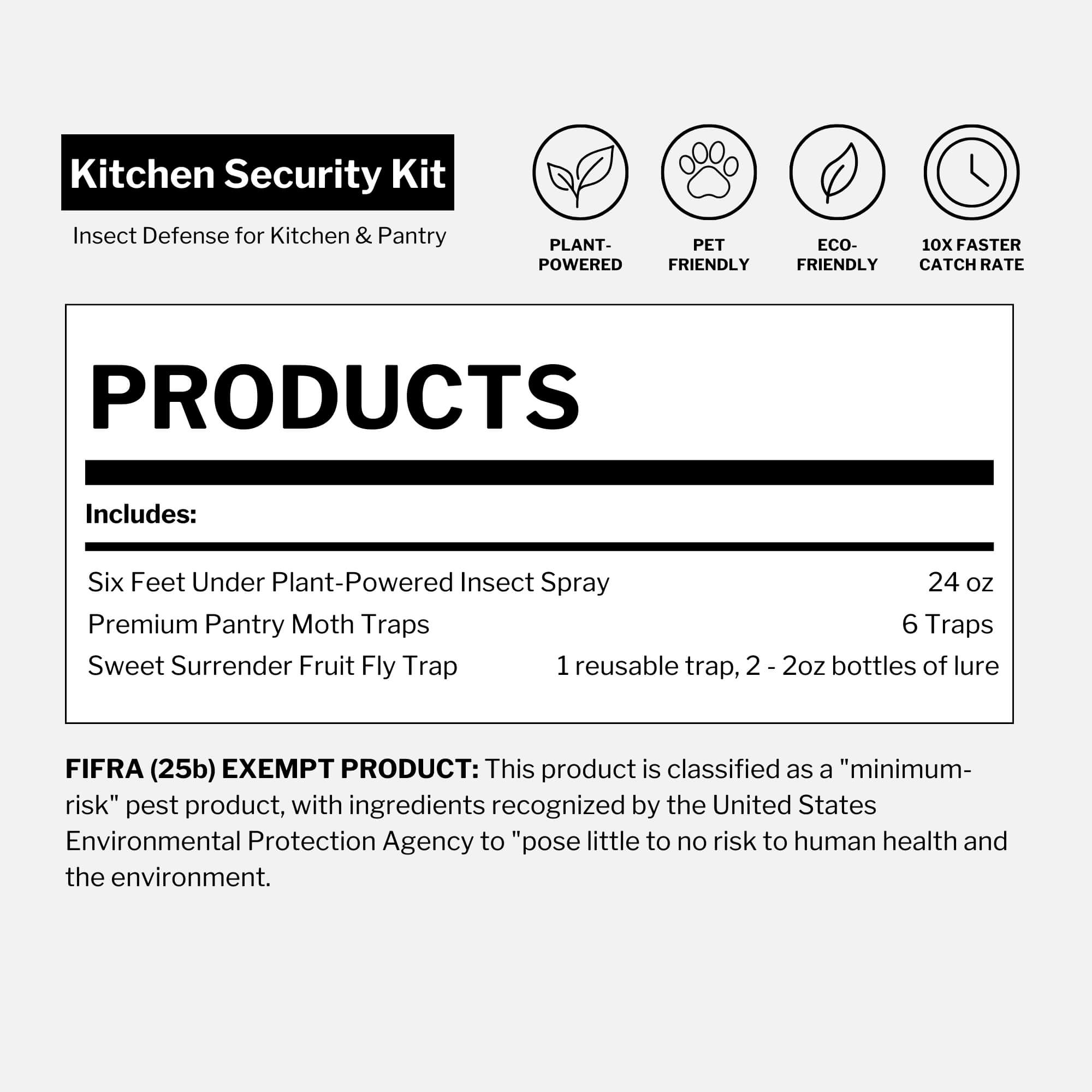Published December 5th, 2024 • Updated November 3, 2025
Reviewed by Julie Miller, BA in Language Arts, Editorial Lead, Dr. Killigan’s
TL;DR: Ticks are resilient arachnids that feed on the blood of animals and humans. They can survive months or years without a host, often living in humid wooded areas. Birds, mammals, reptiles—and even chickens—help control tick populations naturally. Learn which animals get ticks, what eats them and how to reduce your risk safely.
We all venture into the woods from time to time. Some of us may go on a leisurely stroll, while others may set up camp and stay out under the stars for a few nights. Either way, there’s the probability of getting bitten by a tick.
Ticks are cunning parasites that rely on their keen senses to find their next meal. Using their ability to detect breath, body odor, body heat and vibrations, ticks locate potential hosts with precision. These patient arachnids can't fly or jump, but they excel at waiting—clinging to leaves or grass with their hind legs and outstretching their front legs to latch onto an unsuspecting passerby.
There’s no need to be afraid, but understanding how they operate and how to protect yourself is crucial.
>>> Eliminate pests with the world's most effective eco-insecticide
Note: Not all ticks carry Lyme disease. Only the black-legged tick in the eastern U.S. and the western black-legged tick on the Pacific Coast are known vectors of Borrelia burgdorferi, the bacterium that causes Lyme disease (CDC: Lyme disease transmission). Infection rates vary widely by region and over time.
What are ticks (and how do they survive)?
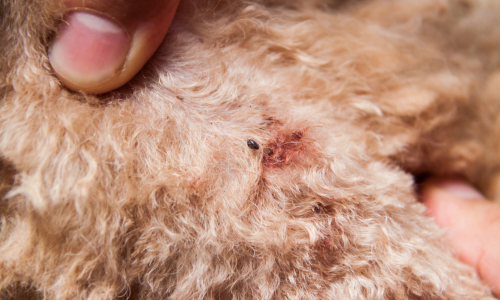
Ticks are not insects—they're arachnids, closely related to spiders and mites. These parasites survive by feeding on the blood of humans, wildlife and domesticated animals, such as dogs, cats, pigs, cattle and horses.
How they survive: Ticks are built for endurance. Their hard outer shell prevents drying, and their slow metabolism lets them survive for months—sometimes years—between meals. They use a behavior called “questing” to find a host, extending their front legs while clinging to grass or leaves until a potential host brushes by. Once attached, they pierce the skin and feed slowly for several days, storing enough nutrients to sustain them until their next stage of life or next host.
Once attached, ticks can also transmit diseases such as Lyme disease from one host to another.
Note: Lyme disease risk is highest in the Northeast, mid-Atlantic and upper-Midwest regions. According to CDC surveillance data, about 90% of all reported U.S. cases are concentrated in ~15 high-incidence jurisdictions including states such as Pennsylvania, New York, New Jersey, Maine, Wisconsin, New Hampshire, Minnesota, Maryland, Connecticut and Virginia. If you live or travel in these areas, extra precautions are essential.
How long do ticks live (with or without a host)?
Ticks can live from months to several years, depending on species, life stage and environment. They pass through three active stages—larva, nymph and adult—and must find a host at each stage to survive.

Typical lifespans by species
- Black-legged (deer) tick: about 2-3 years as they move through hosts like deer, small mammals and birds
- Lone star tick: about 1 year, with a new host needed at each stage
- Brown dog tick: up to 2 years, sometimes completing the entire lifecycle indoors in homes or kennels

Environment matters: Warm, humid conditions boost survival. Dry climates shorten lifespan.
How long ticks live without a host (by life stage)
- Larvae: up to 8 months without feeding (“seed ticks”)
- Nymphs: about 6-12 months, depending on conditions
- Adults: some species, including brown dog ticks, can persist up to 2 years without a blood meal (most resilient stage)
Why ranges vary: Warm, humid conditions boost survival, while dry climates shorten it. When hosts are scarce, ticks can slow activity and conserve energy until the next opportunity.
This ability to wait—sometimes for many months—explains why ticks remain a persistent concern from forests to backyards.
What animals get ticks? (squirrels, goats, swans, geese)
Ticks don’t hunt in the traditional sense, but they are opportunistic parasites that feed on the blood of many animals—including squirrels, swans, goats and geese. Each of these creatures can encounter ticks in different environments based on their habits and habitats.
Do squirrels get ticks?
Yes. Squirrels frequently pick up black-legged (deer) ticks and American dog ticks while moving through leaves, brush and tree branches. Their quick movements through tall grass and wooded areas make them easy targets for waiting ticks.
Do goats get ticks?
Yes. Goats grazing in grassy pastures or wooded terrain often attract lone star ticks and Gulf Coast ticks. Because these animals spend long hours outdoors, they are among the most common livestock hosts for ticks searching for a blood meal.
Do swans and geese get ticks?
Yes. Waterfowl such as swans and snow geese can carry Ixodes (deer) ticks and waterfowl ticks, especially during nesting seasons in marshy or grassy wetlands. Ticks usually attach near soft areas like the eyes, neck or wings while the birds rest on land.

Ticks are not picky when it comes to hosts. Whether it’s a squirrel in the forest, a goat in the pasture or a swan by the water, these parasites will latch onto nearly any warm-blooded animal to survive and reproduce.
What eats ticks? (birds, mammals, reptiles—and chickens)
Nature provides a variety of tick predators that help keep these parasitic pests in check. While ticks are known for their resilience, they are not invincible. Several animals and birds include ticks in their diet, helping control populations naturally.
Birds that eat ticks
Many species of birds are effective tick predators. Guineafowl and wild turkeys, for example, actively forage for ticks in grassy areas and woodlands. Songbirds like robins and sparrows may also eat ticks they encounter while hunting for other insects.
Reptiles and amphibians that eat ticks
Some lizards and frogs contribute to tick control by eating ticks as part of their insect-rich diets.
Mammals that eat ticks
Certain small mammals, such as opossums, are surprisingly efficient tick predators. Studies show that a single opossum can eat hundreds of ticks in a single week, reducing tick populations in its habitat.
Do chickens eat ticks?
Yes. Chickens are excellent tick-eaters and can serve as natural pest controllers in your yard. These curious foragers peck at the ground for insects, including ticks, making them a valuable ally in areas prone to tick infestations.

Incorporating chickens into your backyard provides fresh eggs and helps reduce tick populations, particularly in tick-prone areas.
How to reduce tick risks naturally
Ticks don’t belong on your pets—or anywhere near your home or yard. With plant-powered solutions that prioritize effectiveness and safety, Dr. Killigan’s helps you protect your spaces naturally.
You can safeguard your home, yard and loved ones without harsh chemicals. Armed with knowledge and proven solutions, you’ll enjoy the outdoors with confidence—keeping persistent pests far, far away.





